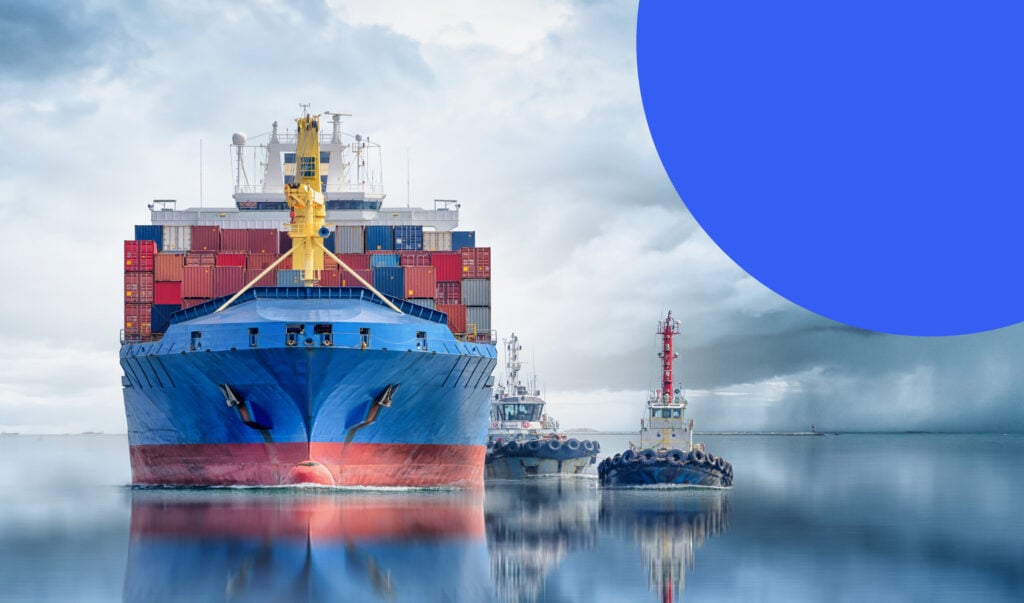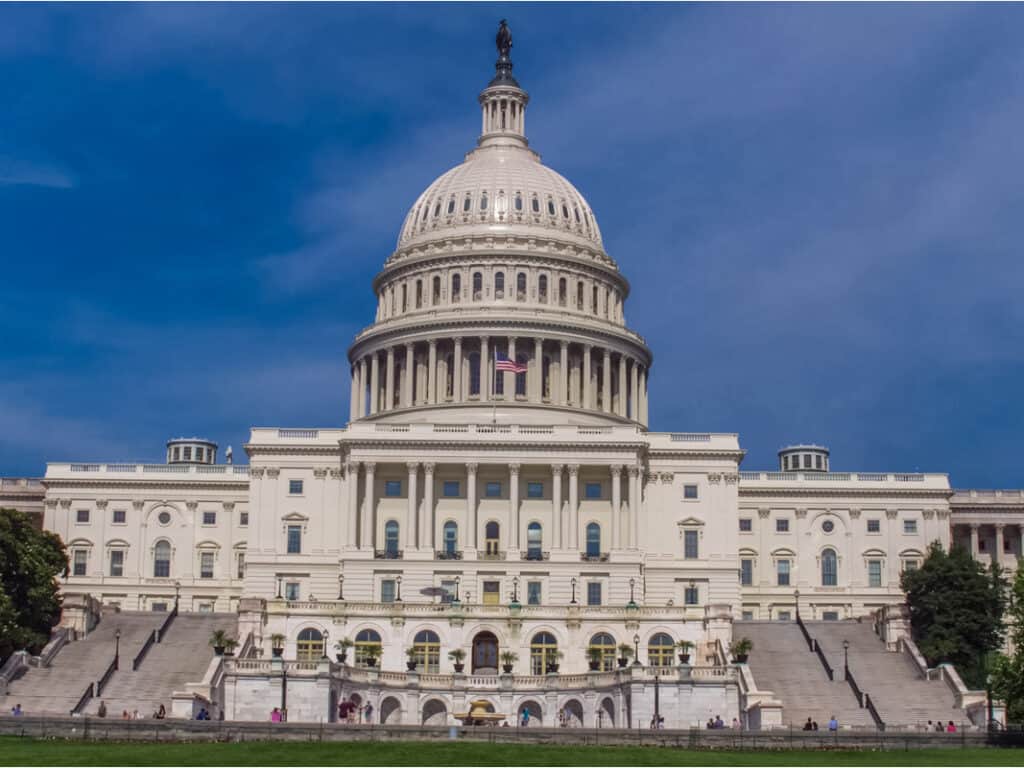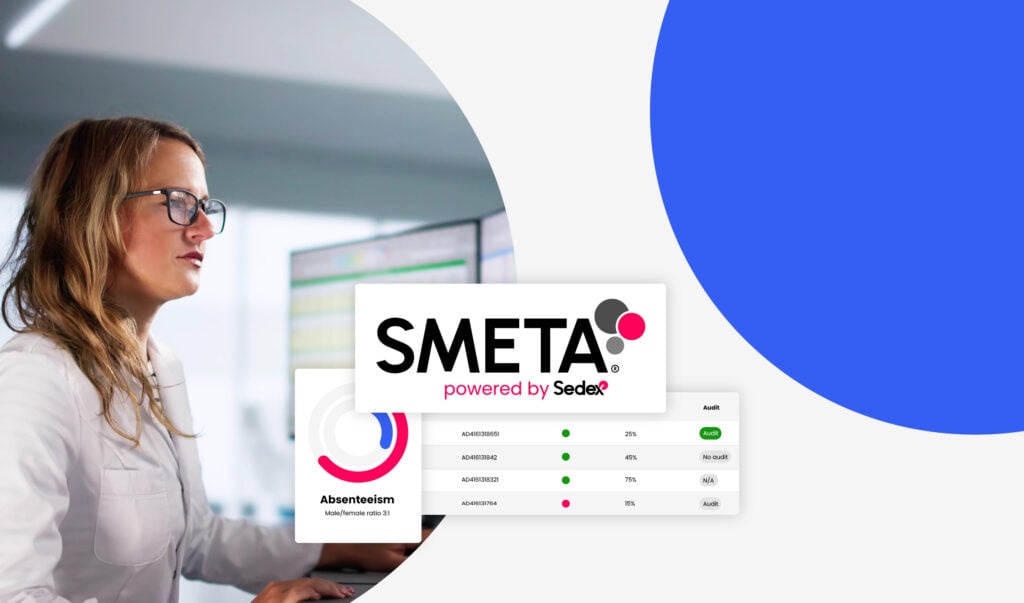Child labor laws in the US and its global supply chains
In 2021, the US Bureau of International Affairs found that there were 146 goods made in 77 countries produced with the help of child labor, including products like coffee, produce, garments, and furniture.
Globalization and the trend of companies outsourcing their manufacturing to cheaper countries have resulted in less government control over the child labor standards for American companies.
In other words, not every country has the same protections against child labor.
However, while the US is behind many European countries in this regard, they have passed several laws and agreements to prevent child labor from being used to create goods imported into the US.
What is child labor?
The definition of child labor varies depending on the government entity or the organization. The International Labour Organization (ILO) defines it as “work that deprives children of their childhood, their potential and their dignity, and that is harmful to physical and mental development.”
The ILO’s 1999 Convention on the Worst Forms of Child Labor defines the worst forms of child labor as situations where children are:
- exploited through slavery or slavery-like practices, including forced recruitment of children for use in armed conflict
- used, procured, or offered for prostitution
- used, procured, or offered for illicit activities including the production and trafficking of drug
- engaged in hazardous work which may harm their health, safety or morals.
Laws on child labor in the US
Fair Labor Standards Act of 1938
The Fair Labor Standards Act (FLSA) is the most wide-reaching law for child labor in the United States at a federal level. The goal of the FLSA is not to ban any minor from working but to prevent oppressive and exploitive child labor.
The child labor provisions of the FLSA aim to restrict the age of when a child can officially gain employment, as well as ensure that children who do work are working in a safe and healthy environment for their age.
The FLSA states that:
- Children under 14 cannot be employed for non-agricultural jobs covered by the FLSA.
- Children between the ages of 14 and 15 can be employed with restricted hours outside of school hours, but only for non-manufacturing and non-hazardous jobs.
- Children between the ages of 16 and 17 may be employed for an unlimited number of hours if the job is not declared hazardous by the Secretary of Labor.
- Once youth reach the age of 18, they are no longer subject to the provisions set by FLSA.
US laws on child labor in its global supply chains
The Tariff Act of 1930 / Withhold Release Orders: Section 307 of the Tariff Act of 1930 was the first law passed in the US that focused on preventing goods created with forced or indentured labor from being imported into the country. However, it was not until 1999 that an amendment to the Act clarified that the term forced labor included indentured child labor.
The Act prohibits businesses from importing merchandise mined, produced, or manufactured, wholly or in part, in any foreign country by forced labor, indentured labor, and child labor. The Act is enforced by issuing Withhold Release Orders (WROs), which deny goods entry into the US.
USMCA Forced Labor Provision: In 2020, a new trade agreement known as the United States-Mexico-Canada Agreement (USMCA) replaced NAFTA. The Forced Labor Provision of USMCA requires each of the three countries to take measures to prohibit the importation of goods created with child labor. It also supports the development of cooperative activities linked to labor laws and practices to prevent, mitigate and reduce the worse forms of child labor and promote labor protections for children and minors.
The Uyghur Forced Labor Prevention Act: President Biden passed this Act in December 2021, and it went into effect in June 2022. It bans the importation of any goods into the US that are produced wholly or in part in the Xinjiang region of China with forced labor and child labor.
California Transparency in Supply Chains Act of 2010: California passed the Transparency in Supply Chains Act to give consumers visibility into the products they purchase. The Act forces companies to publicly disclose their efforts to eradicate modern slavery and child labor within their supply chain, so consumers can make more educated decisions about the brands they support.
Global Magnitsky Act of 2016: This Act allows the US to put economic sanctions on and deny entry into the US to any foreign person identified as engaging in human rights abuse or corruption, including child labor.
Federal Acquisition Regulation (FAR): FAR sets standards for the US government’s procurement of goods and services. The regulation includes strong provisions and restrictions on the US government procuring goods created with forced labor and child labor
Mitigating and preventing child labor
With the large and complex global supply chains that businesses have today, many lack the visibility to know when child labor exists within their supply chain. It is essential that companies sourcing globally take a proactive approach to identify, eliminate, and prevent child labor within their supply chains.
How businesses can take a proactive approach to child labor:
- Start by mapping your supply chain to have more visibility into your suppliers and supplier sites.
- When assessing your suppliers, include questions on age verification. These questions will help you determine the treatment of minors in countries where the laws on child labor are different.
- Conduct a risk assessment to identify your suppliers with the highest likelihood of child labor.
- Understand child labor laws that apply to or impact your business, both within the US and globally.
- Implement strong child labor policies with suppliers.
- Create remediation and corrective action plans for suppliers with indicators of child labor.
Sedex can help you source more responsibly and eliminate and prevent child labor within your supply chain.
References:
ILO: What is child labor?
Walk Free – What is modern slavery?
University of Iowa: History of Child Labor in the US
Office of the US Trade Representative: 23-Labor.pdf (ustr.gov) page 23-1; 23-9
GSA: Federal Acquisition Regulation
US Department of Labor: Child Labor
National Agricultural Law Center: Child Labor Laws



